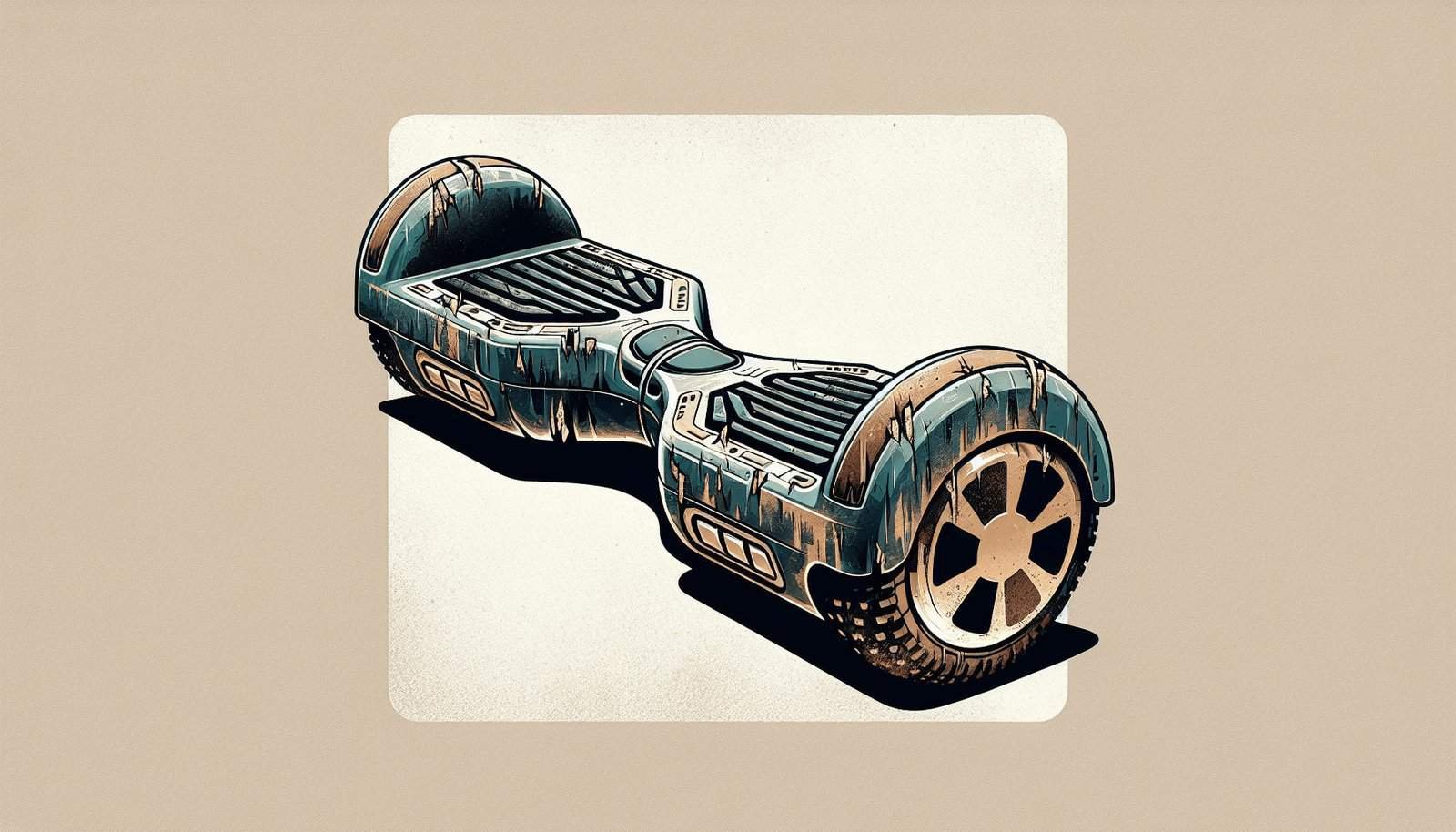Have you ever wondered what to do when your hoverboard batteries start showing signs of wear and tear? Ensuring the proper disposal of old or damaged batteries is crucial not only for your safety but for the environment as well. Navigating the steps involved in disposing of these batteries properly can sometimes feel overwhelming. However, understanding the process will not only give you peace of mind but also contribute positively to environmental efforts.
Understanding Hoverboard Batteries
Let’s start by understanding the type of batteries commonly found in hoverboards. Most hoverboards are equipped with lithium-ion batteries. These are popular due to their lightweight, high energy density, and long-lasting power. However, when these batteries get damaged or reach the end of their lifespan, they require careful handling due to the risks involved with their chemicals.
What Happens When Batteries Are Damaged?
If hoverboard batteries are damaged, they can quickly become dangerous. Lithium-ion batteries contain flammable materials, and if they’re punctured, overcharged, or subjected to a short circuit, they can catch fire or explode. A damaged battery might show signs like bulging, unusual heat, or leaking fluids. This is why proper disposal is crucial.
Why Proper Disposal Is Important
Proper disposal of hoverboard batteries ensures that hazardous materials do not harm the environment. These batteries contain toxic metals, such as cobalt and nickel, that can contaminate water and soil if not disposed of correctly. Additionally, some states have regulations and fines for improper disposal, making it crucial to follow the appropriate procedures.
Preparations Before Disposal
Before disposing of your hoverboard batteries, you should take a few preparatory steps to ensure safety.
Check for Damage
First, inspect the batteries for any signs of damage. Look for things like swelling, cracks, or leakage. This will help you determine how carefully you need to handle them and whether you need professional help.
Discharge the Batteries
If it’s safe to do so, try to discharge the batteries to reduce any risk of fire. You can do this by running the battery-powered device until it completely runs out of charge. Make sure you do this in a safe environment, away from flammable materials.
Store Safely
Place the batteries in a non-conductive container, like a plastic or cardboard box, and insulate them using tape to cover the terminals. This precaution helps minimize the chances of short circuits during transport.

Finding a Disposal Site
With the preparation out of the way, the next step is locating an appropriate disposal site. Thankfully, there are several helpful resources and options to consider.
Local Recycling Centers
One of the first places to check is your local recycling center. Many centers accept electronic waste, including lithium-ion batteries. You can visit earth911.com or call your local waste management authority to find recycling options nearby.
| Resource | Website/Contact |
|---|---|
| Earth911 | earth911.com |
| Call2Recycle | call2recycle.org |
Retail Drop-off Points
Some retailers that sell electronics also offer battery recycling services. Stores like Best Buy, Staples, and Home Depot have designated drop-off points for small electronics and their components, including batteries.
Hazardous Waste Collection Events
Many communities host hazardous waste collection events where residents can dispose of dangerous materials safely. Check with your local government offices or waste management departments for scheduled events near you.
Mail-in Programs
If physical drop-off is inconvenient, consider using mail-in programs. Some battery manufacturers and electronics companies offer prepaid mailing envelopes to send your used batteries for recycling.
Legal and Environmental Considerations
When disposing of hoverboard batteries, it’s essential to be aware of legal regulations and environmental impacts.
State Laws and Regulations
Different states may have varying rules about battery disposal. It’s imperative to familiarize yourself with your local laws. Some states may require specific disposal methods or mandate recycling.
Environmental Impact of Improper Disposal
Improperly disposed of batteries can leak toxins into the soil and groundwater, harming wildlife and natural resources. Your actions in ensuring correct disposal can make a significant difference in protecting the environment.

Safety Tips for Handling Damaged Batteries
Dealing with damaged batteries requires careful handling to prevent accidents. Here are some crucial safety tips:
Wear Protective Gear
When handling damaged batteries, it’s wise to wear gloves and safety glasses to protect yourself from potential chemical leaks.
Avoid Water Exposure
Keep the batteries away from water or moisture, as this can cause short-circuiting and potential fires.
Do Not Incinerate
Never dispose of batteries in fire. The lithium in the batteries will explode if exposed to high heat.
Common Mistakes and How to Avoid Them
Even with the best intentions, mistakes can happen during battery disposal. Here’s how you can avoid common pitfalls.
Throwing Batteries in the Trash
A common mistake is disposing of batteries along with regular waste. This method is unsafe and often illegal. Always use designated recycling facilities.
Ignoring Battery Condition
Ignoring signs of a damaged battery is risky. Always inspect your batteries and handle accordingly, taking appropriate precautions.
Not Following Local Guidelines
Ensure that you follow local disposal regulations to avoid fines and ensure batteries are recycled safely and responsibly.

Resources for Further Information
Educating yourself further about battery disposal can always be beneficial. Here are a few resources to consider:
Environmental Protection Agency (EPA)
The EPA offers a wealth of information on battery disposal and recycling. Visit their website for guidelines and educational resources.
Call2Recycle
Call2Recycle offers a variety of resources for consumers seeking to recycle batteries and electronics. They also provide recycling locator tools and mail-in options.
Manufacturer Instructions
Consult the user manual or manufacturer’s website for specific instructions regarding the disposal of batteries used in your hoverboard model.
Towards a Safer and Greener Future
Taking responsibility for the proper disposal of hoverboard batteries is an important step towards safety and environmental protection. By understanding the types of batteries, following necessary precautions, and utilizing local resources, you can ensure safe handling and disposal. Every small action counts in creating a more sustainable future. So the next time your hoverboard’s batteries demand your attention, you can manage the situation confidently, knowing you’re doing your part.


